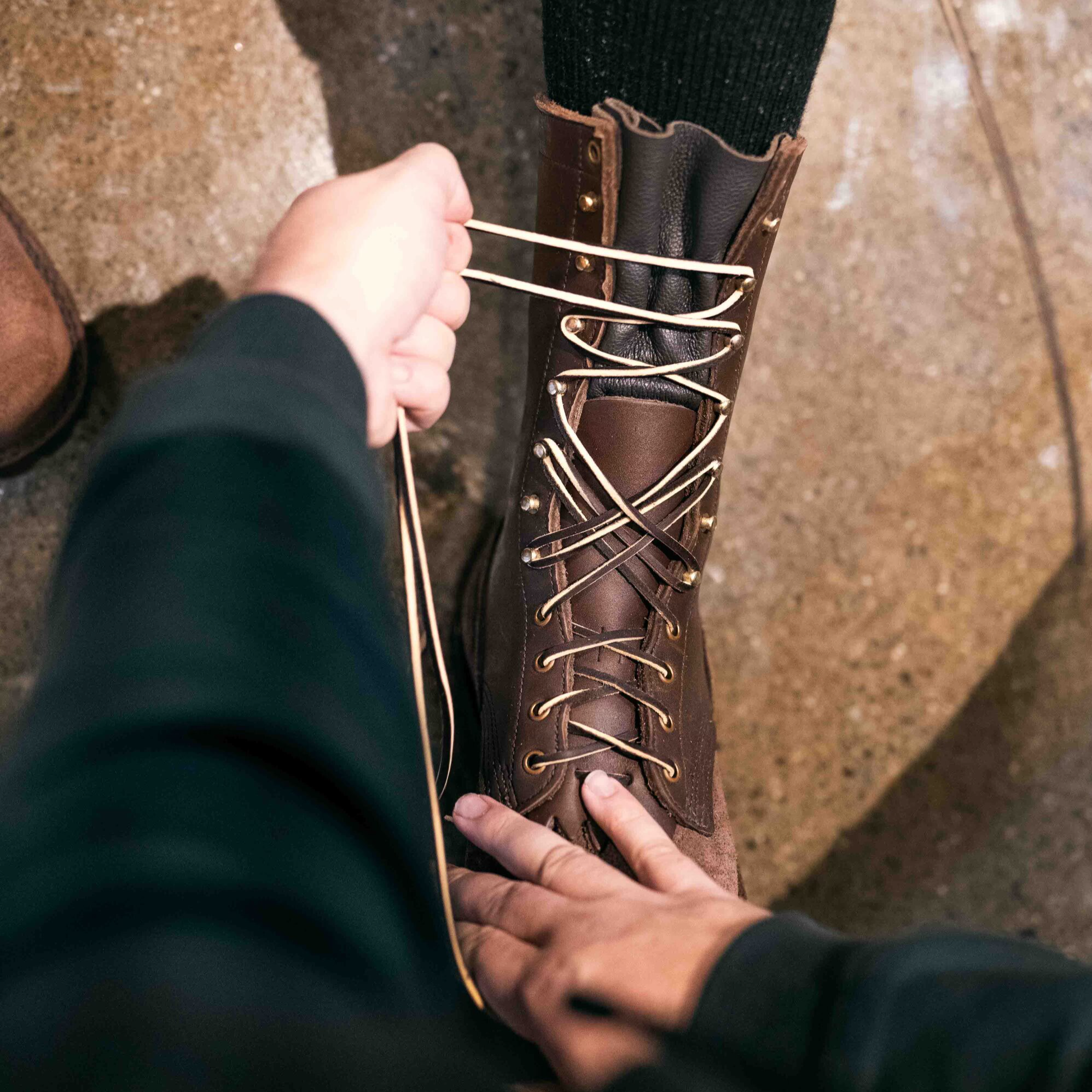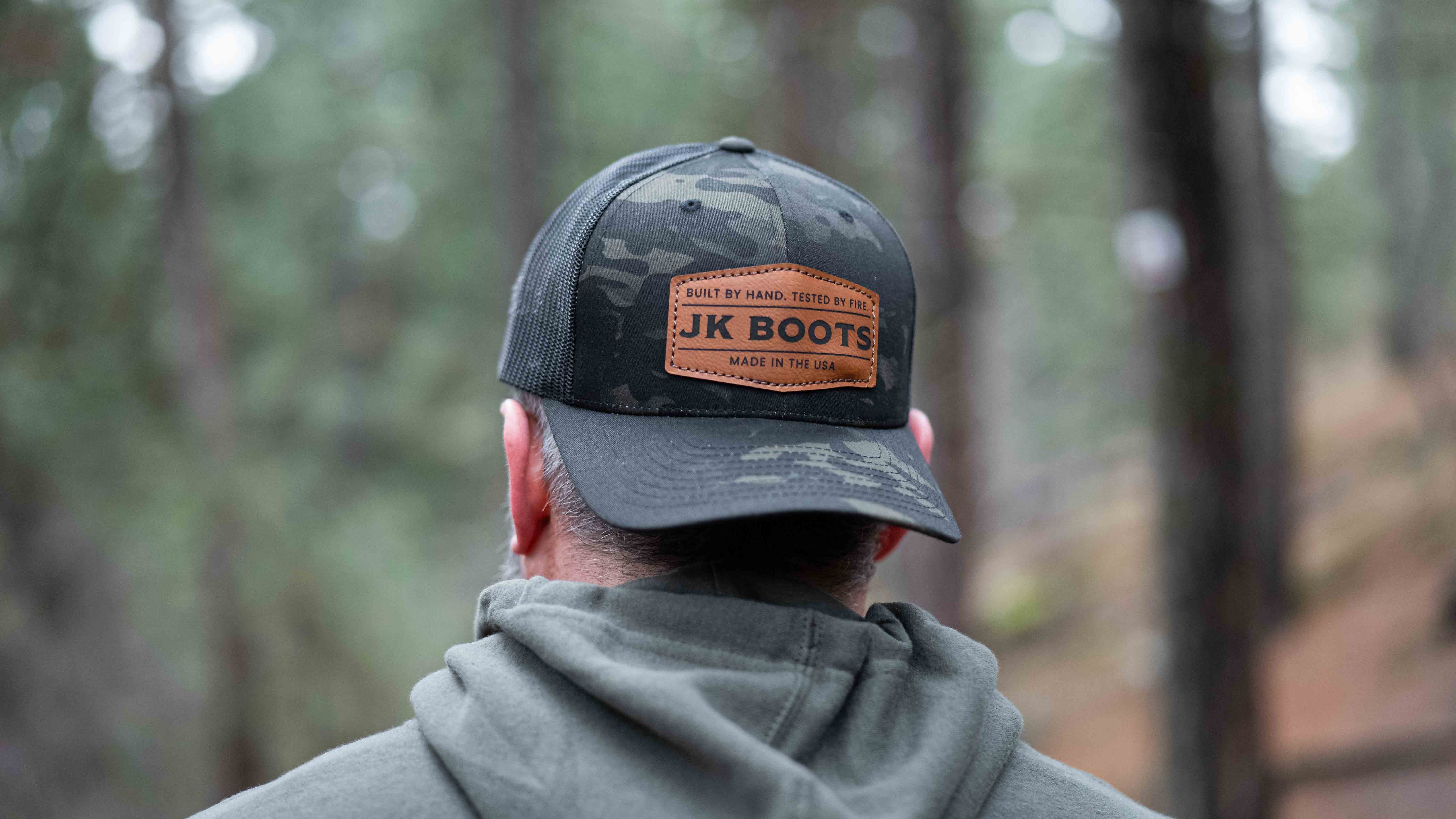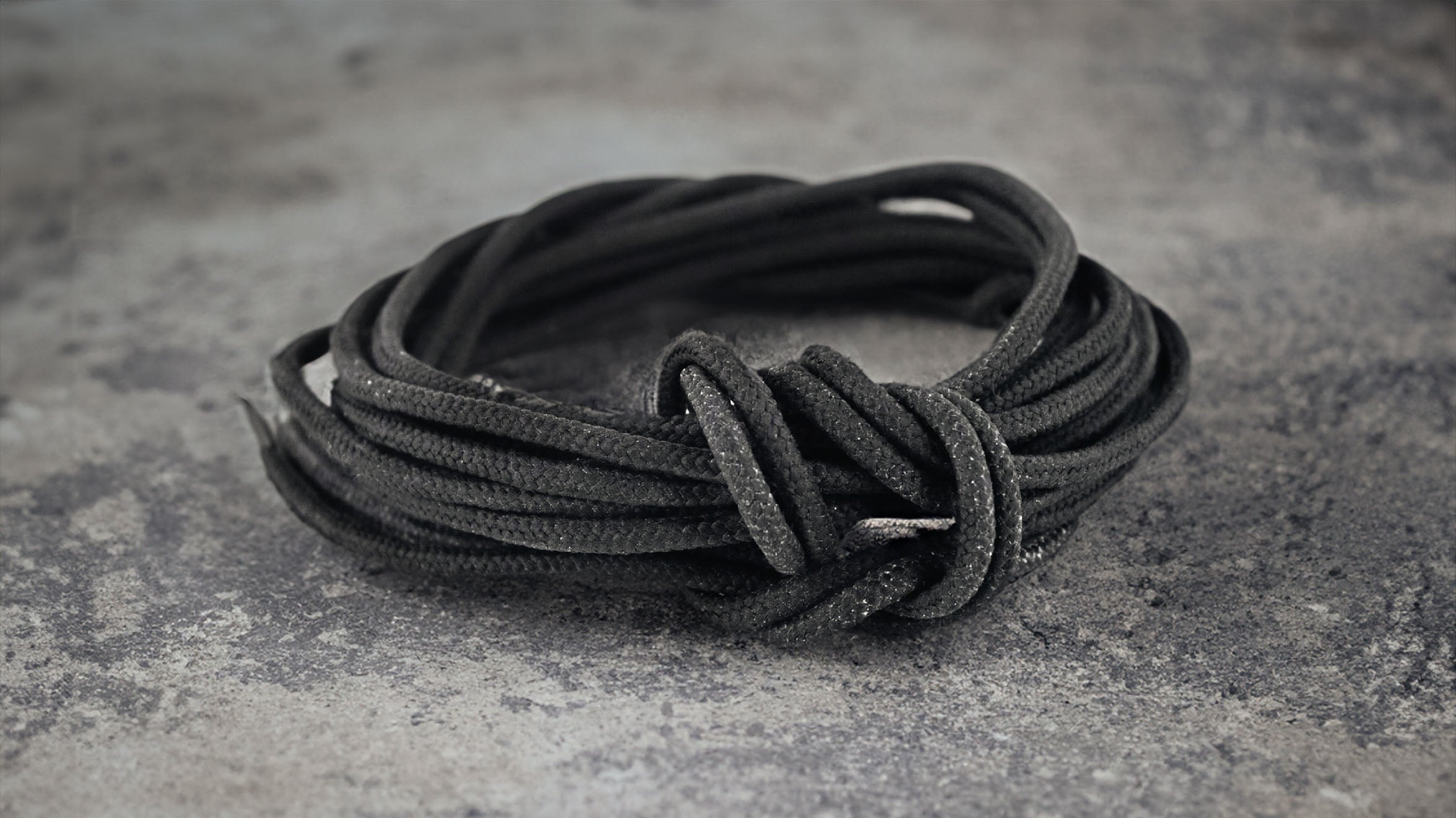Work Boots vs. Dress Boots: What Are the Major Differences
Work boots and dress boots have very different characteristics from each other, despite looking quite similar. As a rule, you wouldn’t be able to work in dress boots for long as they don’t have the safety features of a work boot.
You certainly wouldn’t be allowed to wear dress boots on a work site as they don’t meet safety regulations. As for wearing your work boots as dress boots—that depends on how often you’ve worn them to work.
Some brand-new work boots can pass as a dress boot, albeit a chunkier, heavier, and slightly less attractive option. If you’ve worn your work boots for any length of time, they’re likely to be scuffed, even covered in oil or paint spills, and won’t look as smart as even a casual dress boot.

What’s the Difference Between Work Boots and Dress Boots
If you’re looking to buy a work boot that can pass as a dress boot, you’re limited but the fact that work boots are bulkier and heavier than dress boots.
That isn’t to say all work boots can’t moonlight as a dress boot. Some, like the more streamlined and attractive JK Boots 300, have a slightly lower profile thanks to a smart-looking Vibram wedge sole, making them less bulky than a standard work boot.
It helps, of course, that the 300 is built using only the best materials, including smooth 5-6oz premium oil-tanned USA leather on the upper and lowers. Handcrafted boots always look tidier and better constructed than off-the-shelf work boots, but they’ll still be heavier than a dress boot.
It’s also worth considering the features of a work boot, such as better grip and traction. If you plan on dancing, a leather-soled dress boot will be less problematic than grinding to a halt due to the superb grip on your new NFPA-rated Vibram Christy wedges.
Overall, a work boot is built differently from a dress boot. We at JK Boots know what makes the perfect winter boot—just check out the JK Arctic No. 1 - Black, a boot that’ll keep you working in even freezing temperatures but could only be classed as a dress boot if you’re a Goth.
As for the other parts of a boot, it’s worth knowing the difference between what you’ll find on a work boot and what you’d expect to see on a dress boot.

The Toe
The toe is one of the first things you notice on someone’s footwear. Shiny shoes catch the eye, look elegant, and they’re there to make you look smart. Dress boots are noticeably narrower and more stylish than what you’d expect on a work boot.
On a work boot, the toe is wider to allow more freedom of movement and toe protection. Even the JK Boots 300 has a much wider toe than a dress boot. The difference becomes impossible to ignore when looking at a work boot with a safety toe, such as the JK Boots 300 - Safety Toe.
Insole Structure and Construction Method
Unless you’re having a good night, you’re unlikely to wear your dress boots for as long as you’d wear your work boots, so comfort is rarely the primary concern for your dress boots.
The look and style matter. After all, you’re trying to look good in your sleek, low-profile dress boots. Your arches are falling through the leather soles, and you can’t feel your toes, but you look awesome.
Work boots are built differently—you need to be comfortable and able to work every day in boots that you’ll probably wear for 40 or more hours a week. Here at JK Boots, we focus on build quality, comfort, and durability, so when we created the JK Boots O.T. range, we ensured your arches were perfectly supported, letting you work in complete comfort.
The JK Boots O.T., like all our boots, is built using the Stitchdown construction method, unlike most dress boots which are made with a Blake stitch method or sometimes a Goodyear welt. The Stitchdown construction method helps strengthen your boots by creating a strong bond between the upper, midsole, and outsole.
It increases the water resistance of your boots, which is much more important in work boots. A dress boot would love to be waterproof, but due to the Stitchdown method creating a bulkier look, it opts for looks over design.
Leather
On a work boot, thicker leather is better as it’ll keep out the cold, protect your feet, and last much longer. Weight is less of a concern, so it always pays to find a boot that’s built using thick, premium leather.
Our trophy boot, the JK Boots Superduty, is built using premium US-sourced 8oz oil-tanned leather. Built to handle any weather and terrain, the Superduty is built like a tank, and wearing these boots, if you stub your toe on a wall, the wall might fall down.
A dress boot will usually be built using thinner leather, perhaps 2-4oz leather, to keep the boot profile sleeker and the overall weight down. Stub your toe on a wall in your dress boots, and you could break a toe.
The Outsole
The outsole on a dress boot could be anything from leather, cork, Dainite, or even a Vibram sole with a mini lug. Whatever the material used, it’s all about keeping the profile low and the boot looking sleek.
On a work boot, the outsole will usually be a thicker, sturdier material, such as Vibram, but with much heavier lugs to increase grip and traction while at work. Even a work boot with a wedge sole, such as the JK Boots 300, the outsole is chunkier as you need cushioning and shock absorption when working on hard or uneven surfaces.

These Boots Were Made For Working
While you could wear a pair of brand new JK Boots 300 boots as a dress boot, it’s not really what they’re designed for. You wouldn’t make use of their full potential, and for a work boot that’s designed to keep you comfortable and stable, it’d be a waste of an awesome boot.
If you’re looking for a sleek, low-profile dress boot, wearing heavy work boots with chunky lugs won’t work. You’ll feel more comfortable in your work boots, but they’re not the proper footwear for the job.
The JK Boots Superduty is one of our most popular boots. While they look fantastic due to their Stitchdown construction and use of premium USA leather, you’d need to keep them in perfect condition even to consider wearing them to social events. There's no better boot for working hard in harsh conditions, but for dancing, not so much.
If you wear your JK Boots as a dress boot, leave us a comment below, and don’t forget to share this post with your friends and family. Perhaps you know someone who is risking their safety by wearing dress boots for work—this article might be the tip-off they need.
FAQs
What's the difference between work boots and regular boots?
Work boots are designed to protect your feet from harm. Noticeably bulkier and made of thicker, more robust materials, they have to be comfortable and durable. Dress boots have to look good, present a lower, sleeker profile, and match your outfit.











Leave a comment